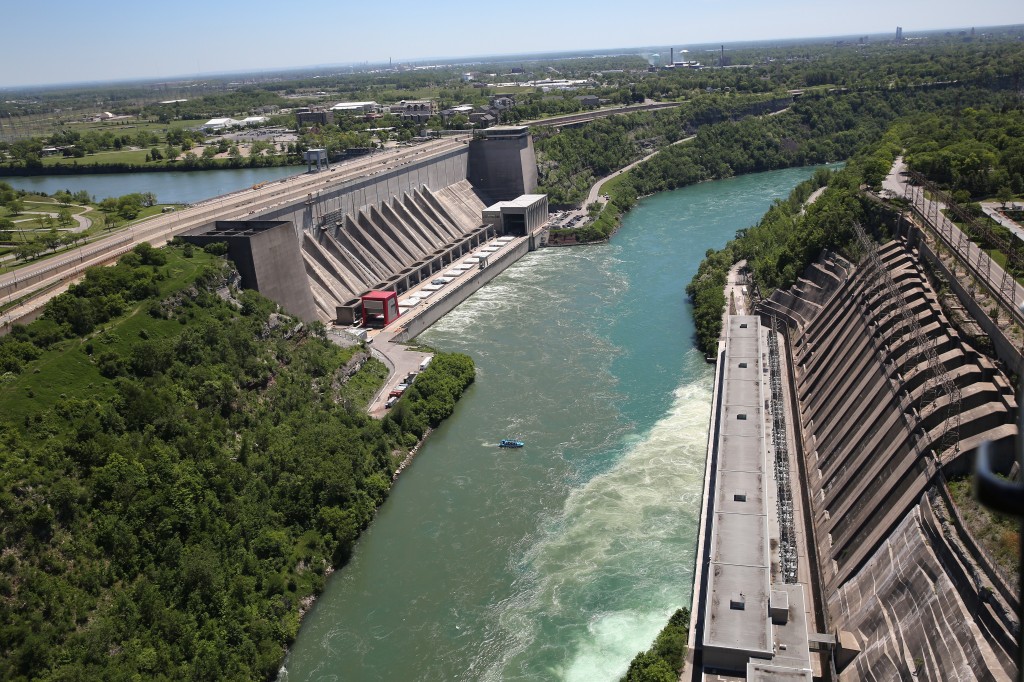Renewables are making large gains globally, but if they are to continue grabbing market share from fossil fuels, they will require reliable policy backing, according to International Energy Agency Executive Director Maria Van Der Hoeven. The IEA’s 2013 Medium-Term Renewable Energy Market Report maintains a positive outlook for growth in renewables worldwide. “Despite a difficult economic… Keep reading →
Hydro
Sign up and get Breaking Energy news in your inbox.
We will never sell or share your information without your consent. See our privacy policy.Competition between coal and natural gas is intensifying When the price of natural gas dipped below $2/MMBTUs in April 2009, the dash for gas set off in earnest. Any utility who could switch did switch from coal to natural gas. Not everyone could, of course, either because of the logistics, long-term fuel contract obligations or… Keep reading →

More than 60 years after its founding, the Nature Conservancy is amping up its efforts to reach its membership and readers of its eponymous magazine. The publication recently relaunched with a more-frequent publishing schedule, a digital edition app and a slate of prizes.
Nature Conservancy magazine is also taking advertising for the first time, which Publisher Teresa Duran says reflects the spirit of the group’s long-held belief that the private sector has an important role to play in conservation. Keep reading →

Quick Take: Not only can old dogs learn new tricks. They can invent them. Usually our Discovery Showcase pieces highlight breakthroughs from small startups or government research labs. This time, however, we’re putting the spotlight on new technology from ABB, the 129-year-old industrial giant headquartered in Switzerland. The firm claims to have invented a circuit breaker for high voltage direct current (HVDC). If so, then HVDC just became a much more viable alternative for the long-distance transfer of large amounts of power. – By Jesse Berst
ABB’s super fast high voltage direct current (HVDC) circuit breaker will, the company says, open the doors to more efficient and reliable electrical supply systems and the efficient integration of renewable energy. It combines extremely fast mechanics and power electronics that will be able to interrupt power flows “equal to the output of a large power station within five milliseconds – 30 times faster than the blink of a human eye.” Keep reading →

This is the fourth of a five-part series called “Off the Grid,” in which we explore environmentally sustainable, self-sufficient communities across the globe. We’ll attempt to answer the question: Is green, off-grid living our future? This week, we take a look at a self-sufficient island community off the coast of Vancouver Island in British Columbia, Canada.
The Supposed Decline of Green Energy http://bit.ly/RUWjKw HarvardBiz

New markets are the Holy Grail for businesses, but success in accessing and serving new markets is far from easy. The difficulties are multiplied when those new markets are in parts of the world where language, culture and regulation are completely different.
Brazil’s energy market is undergoing a transformation that opens up new opportunities for many businesses that might have steered clear of the tightly regulated sector in the past, despite the obvious temptations offered by the country’s broader economic growth trajectory. Keep reading →

Estimates vary widely on its cost, but it’s thought the Three Gorges Dam is the most expensive hydroelectric project ever built.
 Ocean Power Technologies has gained approval from the Federal Energy Regulatory Commission for the complete build-out of its wave power station off the southern Oregon Coast, the first wave power station to be licensed in the U.S.
Ocean Power Technologies has gained approval from the Federal Energy Regulatory Commission for the complete build-out of its wave power station off the southern Oregon Coast, the first wave power station to be licensed in the U.S.
FERC granted a 35-year license for the wave power station to OPT subsidiary Reedsport OPT Wave Park, LLC. OPT said in a news release that construction of the first PowerBuoy® is almost completed and should be deployed 2.5 miles off the Reedsport coast later this year. After the first buoy is deployed, OPT will build up to 9 additional buoys and their grid connection infrastructure – assuming additional funding and the remaining regulatory approvals are obtained. Keep reading →
 Blessed with abundant surface water resources and a considerable amount of associated hydroelectric power, Brazil has lots of renewable energy, and a lot of room to generate additional power from renewable sources like wind and solar.
Blessed with abundant surface water resources and a considerable amount of associated hydroelectric power, Brazil has lots of renewable energy, and a lot of room to generate additional power from renewable sources like wind and solar.
Brazil is the world’s second largest hydro power consumer behind China, but a sharp contrast between wet and dry seasons – along with occasional droughts – has driven the country to import LNG in recent years to supplement its energy security. Keep reading →


